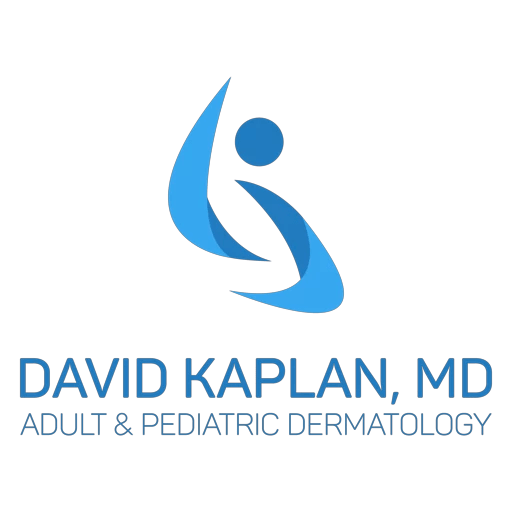Regarding skincare, one of the most common concerns people face is the appearance of black and whiteheads. Despite being prevalent, there’s often confusion about what exactly they are, how they differ, and how to treat them effectively. In this post, we’ll delve into the details of blackheads and whiteheads, highlighting their differences, causes, and the best treatments available.
What are Blackheads and Whiteheads?
Both blackheads and whiteheads are types of comedones, a form of acne that occurs when pores become clogged with oil, dead skin cells, and other debris. Comedones can be either open or closed, leading to the formation of blackheads and whiteheads, respectively.
Blackheads:
Blackheads, or open comedones, form when the pore is clogged but remains open at the surface. Exposure to air causes the trapped oil and dead skin cells to oxidize, turning the blockage black or dark brown. Despite their dark appearance, blackheads are not caused by dirt but by the oxidation of the material within the pore.
Whiteheads:
Whiteheads, or closed comedones, occur when the pore is clogged and closed at the surface, creating a small white or flesh-colored bump. Because the material inside the pore isn’t exposed to air, it doesn’t oxidize, thus remaining white.
Blackheads and Whiteheads: What’s the Difference?
While both blackheads and whiteheads are caused by clogged pores, their key difference lies in whether the pore remains open or closed.
Appearance: The most obvious difference is their appearance. Blackheads are dark and can look like tiny black dots on the skin. Whiteheads are small, raised bumps that are white or skin-colored.
Exposure to Air: Blackheads are exposed to air, leading to the oxidation process that darkens them. Whiteheads remain closed and therefore do not oxidize.
Texture: Blackheads often feel slightly rough and bumpy due to the open pore. Whiteheads are typically smooth to the touch because the pore is closed.
Treatment for Blackheads and Whiteheads
Effective treatment for black and whiteheads involves good skincare practices and professional treatments.
1. Skincare Routine:
Cleansing: Use a gentle cleanser to wash your face twice a day. Avoid harsh scrubbing which can irritate the skin and worsen acne.
Exfoliation: Regular exfoliation helps to remove dead skin cells that can clog pores. Look for products containing salicylic acid or glycolic acid, which are effective in treating comedones.
Non-Comedogenic Products: Choose skincare and makeup products labeled as non-comedogenic to avoid clogging pores.
2. Over-the-Counter Products:
Salicylic Acid: This beta hydroxy acid helps to exfoliate the skin and clear out pores.
Benzoyl Peroxide: Effective in killing bacteria that contribute to acne, it can also reduce inflammation.
Retinoids: Products containing retinoids can help to prevent clogged pores and promote cell turnover.
3. Professional Treatments:
Chemical Peels: Performed by dermatologists, chemical peels can help to remove the outer layer of skin, reducing the appearance of blackheads and whiteheads.
Extraction: A professional extraction can safely remove blackheads and whiteheads without causing damage to the skin.
Laser and Light Therapy: These treatments can reduce oil production and kill acne-causing bacteria.
Understanding the difference between blackheads and whiteheads is crucial for effective treatment. By maintaining a proper skincare routine, using the right over-the-counter products, and seeking professional help when necessary, you can manage and reduce the occurrence of these common skin issues. For personalized advice and treatment, consult with Dr. David Kaplan at Adult and Pediatric Dermatology Kansas City. Our team is dedicated to helping you achieve clear and healthy skin.

